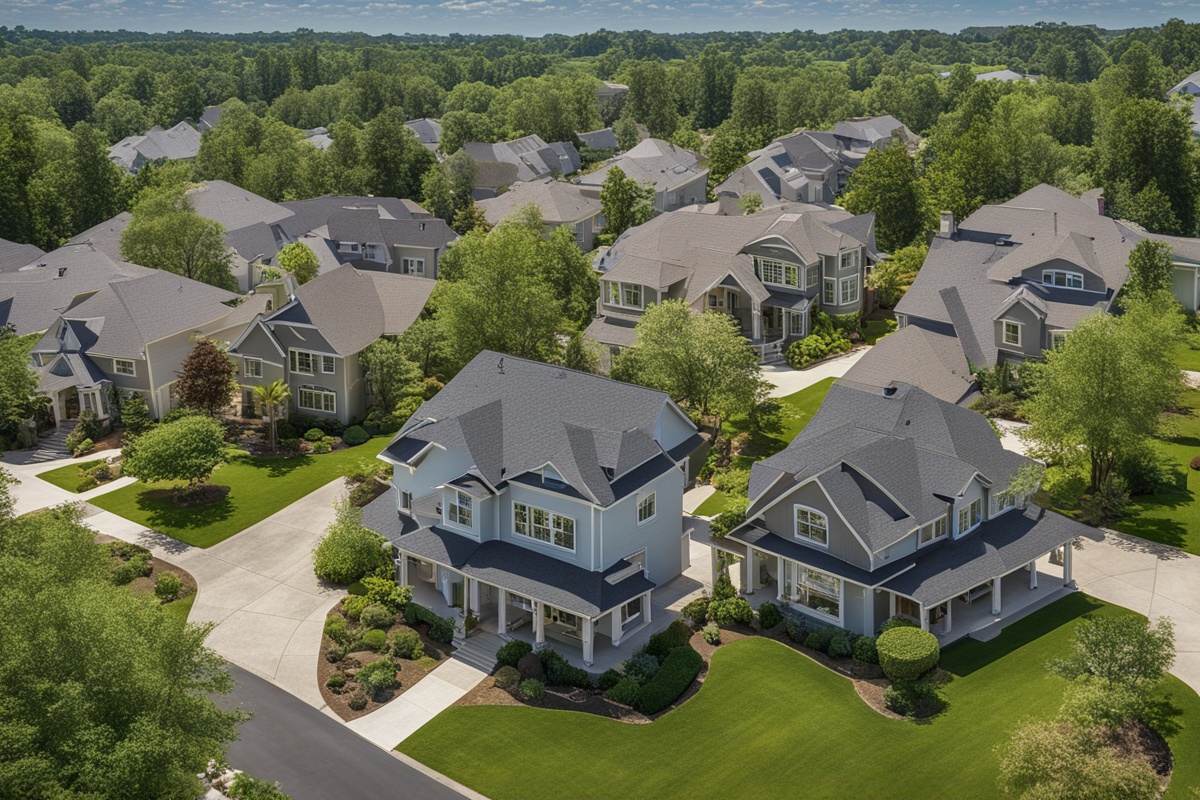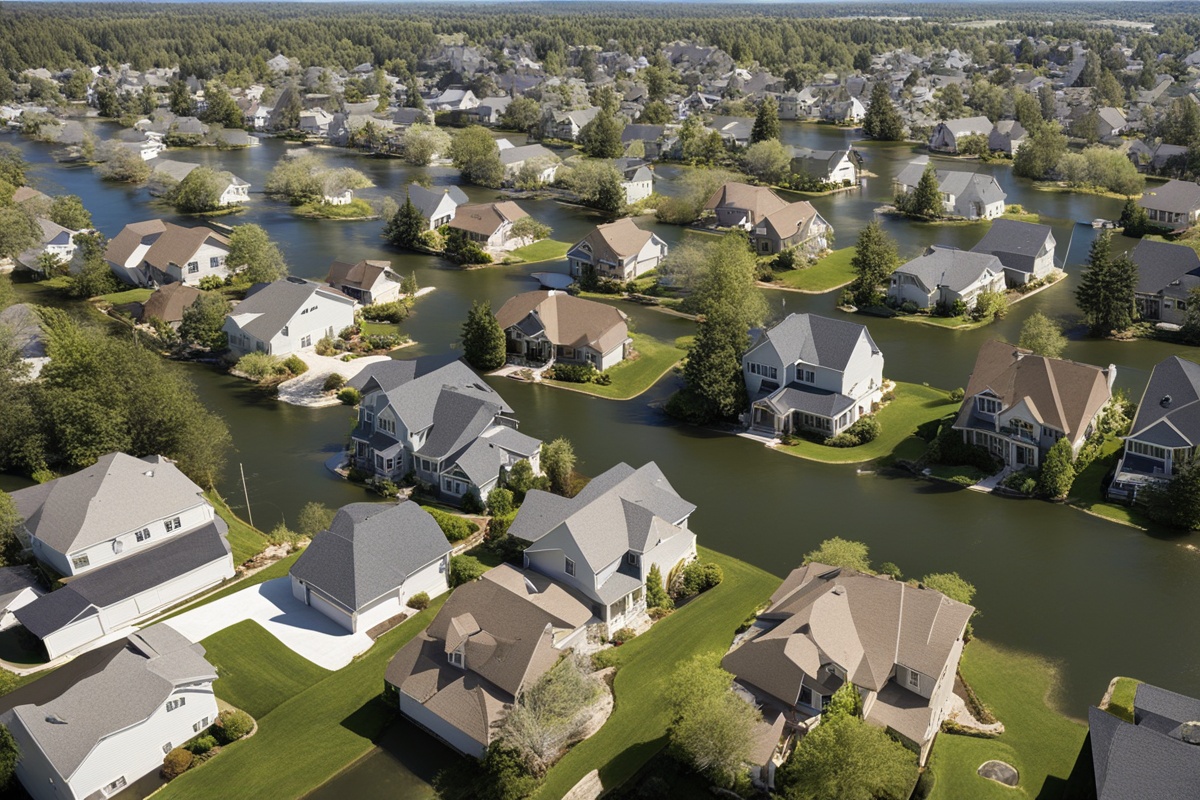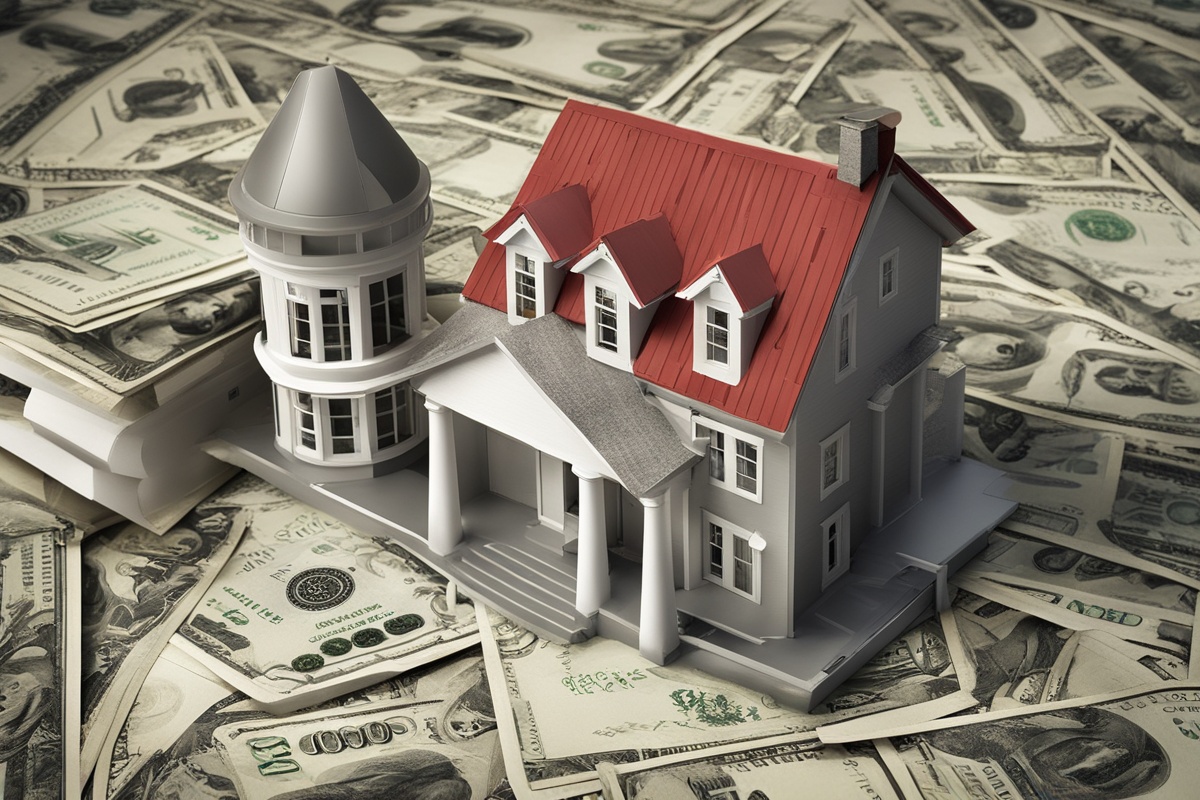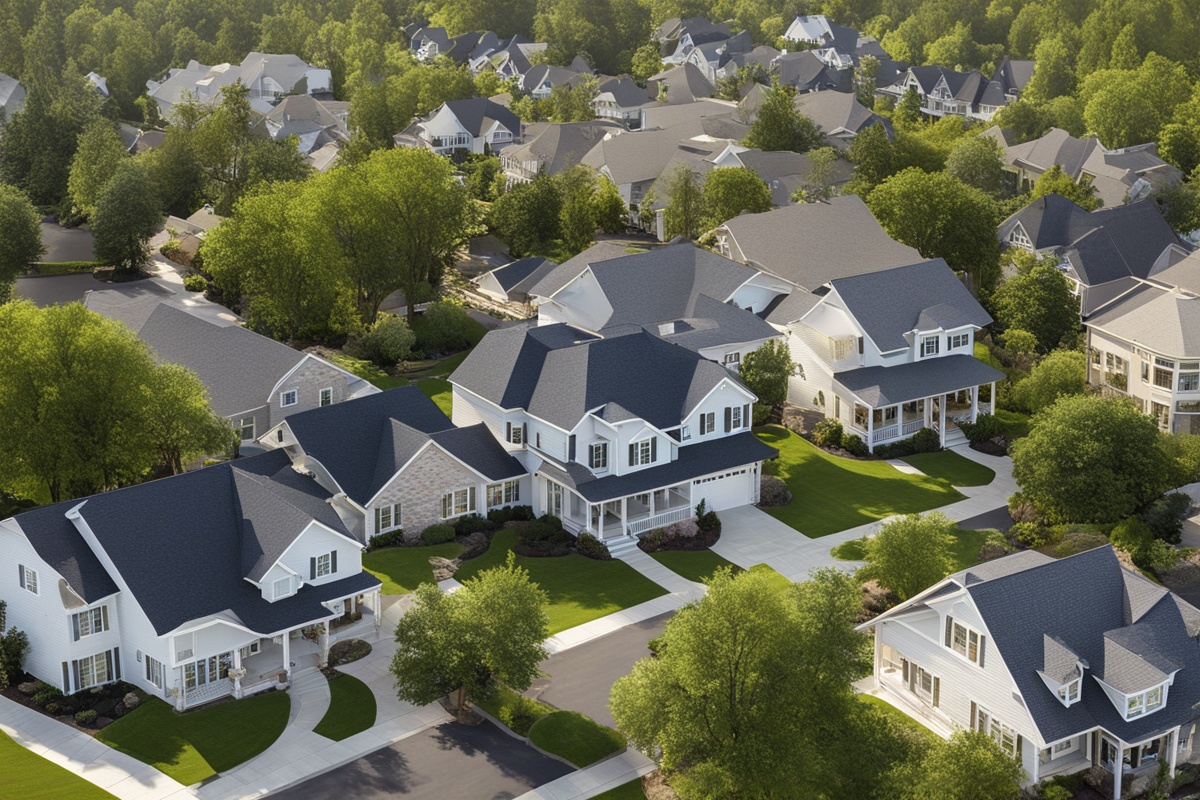The housing market has always been a critical indicator of economic health, reflecting consumer confidence, financial stability, and societal shifts. In recent years, the industry has faced unprecedented challenges, from the global pandemic to economic uncertainties. However, as we move forward, several emerging trends in housing recovery are shaping the future of real estate. These trends offer insights into how the market is adapting to new demands and technological advancements, providing opportunities for homeowners, investors, and policymakers alike.
The Rise of Sustainable Housing Solutions
One of the most significant emerging trends in housing recovery is the growing emphasis on sustainability. With climate change concerns at the forefront, both builders and buyers are prioritizing eco-friendly homes. Green building practices, such as the use of energy-efficient materials and renewable energy sources like solar panels, are becoming standard in new constructions. Additionally, there’s a surge in demand for homes with smaller carbon footprints, driving innovation in design and architecture. This trend not only supports environmental goals but also reduces long-term costs for homeowners through lower utility bills.
Moreover, government incentives for sustainable housing are encouraging developers to adopt greener practices. Tax credits and grants for energy-efficient upgrades are helping to accelerate this shift, making sustainability a cornerstone of housing recovery. For more on how sustainability is reshaping real estate, check out our post on Eco-Friendly Building Practices.
Technology Integration in Smart Homes
Another key trend in housing recovery is the integration of technology into residential spaces. Smart homes equipped with IoT (Internet of Things) devices are no longer a luxury but a growing expectation. From smart thermostats that optimize energy use to security systems that can be monitored remotely, technology is enhancing convenience and safety for homeowners. This trend is particularly evident in urban areas, where tech-savvy buyers are driving demand for connected living spaces.
Real estate developers are also leveraging technology to streamline the buying process. Virtual tours, augmented reality previews, and AI-driven property recommendations are becoming commonplace, making it easier for buyers to explore options without physical visits. Learn more about tech innovations in our article on The Role of Technology in Real Estate.
Affordable Housing Initiatives Gain Momentum
Affordability remains a critical challenge in the housing market, but emerging trends in housing recovery are addressing this issue head-on. Governments and private organizations are collaborating to create affordable housing solutions, particularly in densely populated urban centers. Policies such as inclusionary zoning, which mandates a percentage of new developments to be allocated for low-income residents, are gaining traction.
Additionally, innovative construction methods like modular and prefabricated housing are reducing costs and construction timelines, making it feasible to build affordable homes at scale. These initiatives are crucial for ensuring that housing recovery benefits all segments of society, not just the affluent. For deeper insights into affordability challenges, explore our piece on Affordable Housing Solutions for the Future.
Shift Toward Suburban and Rural Living
The COVID-19 pandemic has fundamentally altered how people view their living spaces, leading to a notable shift toward suburban and rural areas as part of the housing recovery. With remote work becoming a permanent fixture for many, the need for larger homes with dedicated office spaces and outdoor areas has grown. Suburbs and rural regions offer more space and lower costs compared to urban centers, making them attractive to families and young professionals alike.
This trend is also driving infrastructure development in these areas, with improved internet connectivity and amenities becoming priorities for local governments. As a result, the housing market in less densely populated regions is experiencing a revival, contributing to a more balanced recovery across geographies. Check out our related content on The Impact of Remote Work on Housing.
Renovation and Repurposing of Existing Structures
Instead of focusing solely on new constructions, another emerging trend in housing recovery is the renovation and repurposing of existing structures. With urban land becoming increasingly scarce and expensive, developers are turning to adaptive reuse—converting old commercial buildings, warehouses, and even industrial sites into residential spaces. This approach not only preserves historical architecture but also reduces the environmental impact of new builds.
Homeowners are also investing in renovations to adapt their current properties to modern needs, such as adding home offices or energy-efficient upgrades. This trend reflects a broader shift toward maximizing the value of existing assets, a practical solution in a recovering market. Dive deeper into this topic with our article on Adaptive Reuse in Urban Development.
The Role of Government and Policy in Housing Recovery
Government policies play a pivotal role in shaping emerging trends in housing recovery. Stimulus packages, low-interest loans, and mortgage forbearance programs have provided much-needed relief to homeowners and buyers during economic downturns. Additionally, zoning reforms and public-private partnerships are facilitating the development of affordable and sustainable housing projects.
Looking ahead, policies that address housing inequality and promote equitable access to homeownership will be crucial. As the market recovers, collaboration between policymakers, developers, and communities will ensure that the benefits of recovery are widely shared. Governments are also focusing on long-term resilience, preparing for future crises by investing in disaster-resistant infrastructure and housing designs.
Disclaimer: The information provided in this article is for general informational purposes only and does not constitute professional advice. While we strive to ensure the accuracy of the content, the housing market is subject to rapid changes, and readers are encouraged to consult with real estate professionals or financial advisors before making decisions based on the trends discussed. We are not liable for any actions taken based on the information in this post.
References
- National Association of Home Builders – Industry News
- U.S. Department of Housing and Urban Development – Housing Recovery
- Forbes – Real Estate Trends
- Realtor.com – Housing Market Research
- Green Building Advisor – Sustainable Housing Insights
This content is for informational purposes only and not a substitute for professional advice.





